
 The Univers 54 curtain-walling system ... high thermal efficiency.
The Univers 54 curtain-walling system ... high thermal efficiency.
INSTALLUX Gulf has been focusing on penetrating new markets such as those in the Indian subcontinent and promoting innovative products targeted at meeting market requirements in its core area of operations as an aluminium systems supplier.
The Bahrain-based company – the regional office of the French architectural aluminium systems specialist Installux – is now gearing up to launch the new-generation 70TH and 32TH series of profiles for windows and doors in the Gulf region in the first quarter of this year. The systems, which have been designed to conform to European standards, boast high thermal efficiency and can be used for triple glazing applications.
This follows the regional launch in 2010 of Univers 54, an evolutionary curtain-walling system that offers a U value of as low as 0.9 W/sq m K. Apart from conventional applications, it can be used for two or four-sided structural glazing as well as for skylights, thanks to its modular nature and its versatility.
The aluminium systems provider has also adapted one of Installux’s proven systems to meet the requirements of the region. The product range – marketed as G Systems by Installux – includes profiles, gaskets and accessories, and has been designed to cater to the middle segment of the market for applications such as hinged or sliding windows as well as curtain-walling. The system is backed with comprehensive support, which is generally offered for high-end aluminium systems, including software for quotations and tools for fabricators.
Installux Gulf has been strengthening its position in the Middle East, including Egypt and has also made forays into markets in the Indian subcontinent where it has recently started to target the Sri Lankan market.
The company’s awnings business, offered under the Roche brand, caters to the changing lifestyle in the region and can now be seen gracing a number of villas at Durrat Al Bahrain and Amwaj Islands in Bahrain.
Commenting on the regional construction market, general manager Basim Al Saie says: “Projects that are being developed today are more practical rather than speculative and are aimed at meeting the demands of the current market. These include several middle and low-income housing projects. The governments in the region are putting a lot of resources into building hundreds of thousands of houses every year.
“Kuwait is talking about developing 25,000 to 50,000 homes, Saudi Arabia, a whopping 500,000, Bahrain around 50,000, with the UAE and Oman aiming to build similarly large numbers.”
“The past year has been tough for the industry and many companies have responded by cutting costs and streamlining operations. We have also seen the departure of some international companies who came in during the boom days. However, those that have made solid investments in the Gulf continue to serve the region,” he adds.
Turning to the trends in the architectural aluminium systems and facades sector, Al Saie believes there is a perceptible movement towards higher efficiency buildings and hence prospects are bright for tried-and-tested international aluminium systems that incorporate thermal breaks. “Over the next two years, there will be a shift at the top end of the market from conventional to thermal-break profile systems,” he says.
This move could receive added impetus if the governments in the region took determined steps towards tighter legislation, Al Saie emphasises.
“Building codes and specifications in the region are weak and are not in line with global efforts to reduce our carbon footprint. We need to have better policies and standards to ensure energy efficiency in buildings and reduce wasteful consumption,” he says.
“The facades industry continues to move towards the sleek, modern look. As for the general look and lines of aluminium profiles, the modern trend is more towards straight lines and chamfered or sharp edges – rather than curved lines. As for new concepts and trends, concealed hinges are definitely in and the industry is looking for coatings that have the ability to deflect heat. Also reflective glass, which was a fashionable trend in the sixties and seventies in Europe, is slowly giving way to high-performance tinted glass in the region,” he comments.
“More importantly,” Al Saie continues, “the facades industry is moving forward from just reducing energy consumption towards zero energy consumption – and even negative energy consumption – that is, towards energy-generating facades incorporating photovoltaic (PV) panels. So, we will increasingly see glazing suppliers who will be able to supply PV glazing panels that are integrated into facades.”
During 2012, Installux Gulf will be focusing on promoting its new products as well as its G Systems in the Gulf region. The company has recently launched its new catalogues and website to create greater awareness of its products and services in the region.



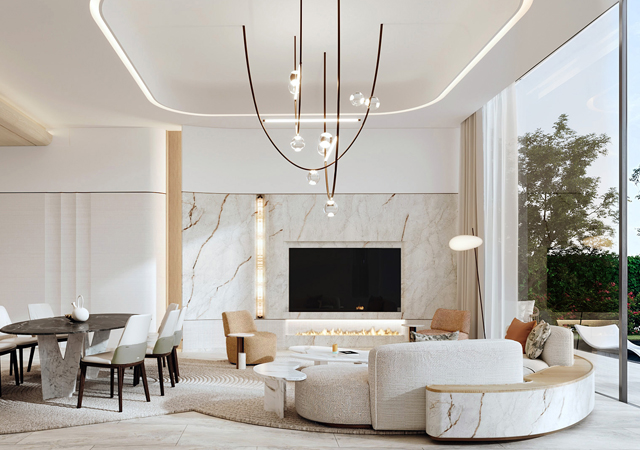
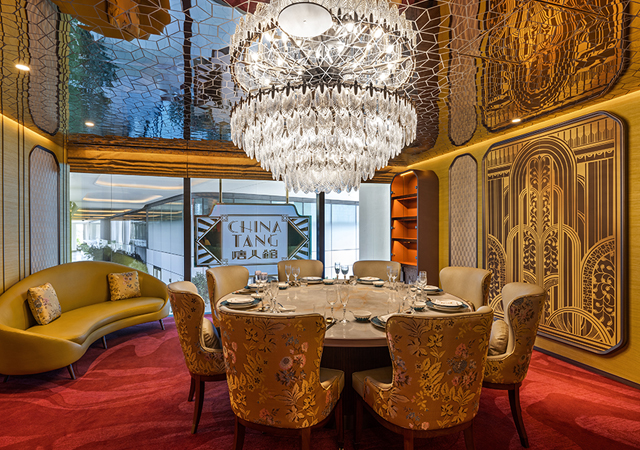
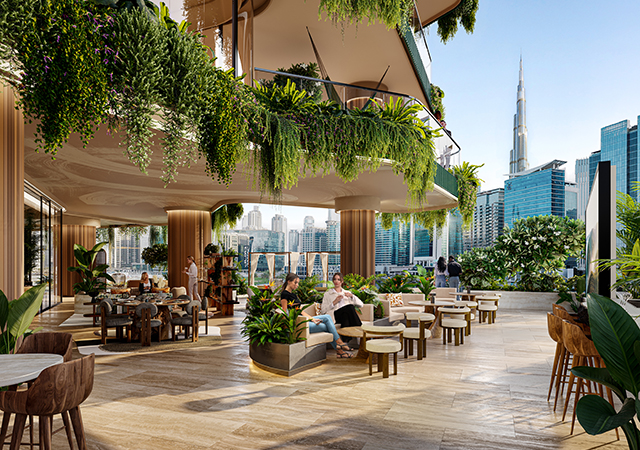
.jpg)
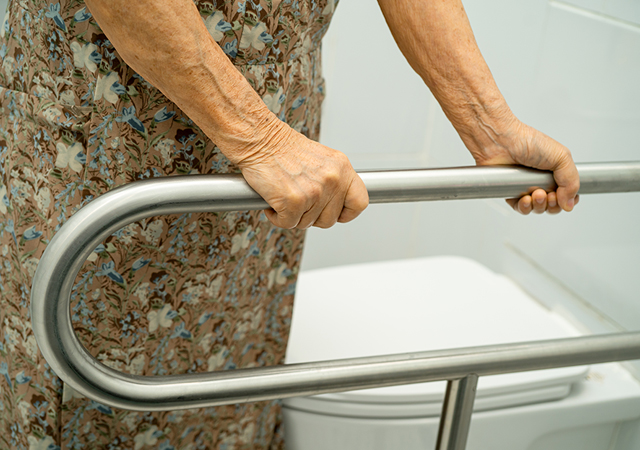



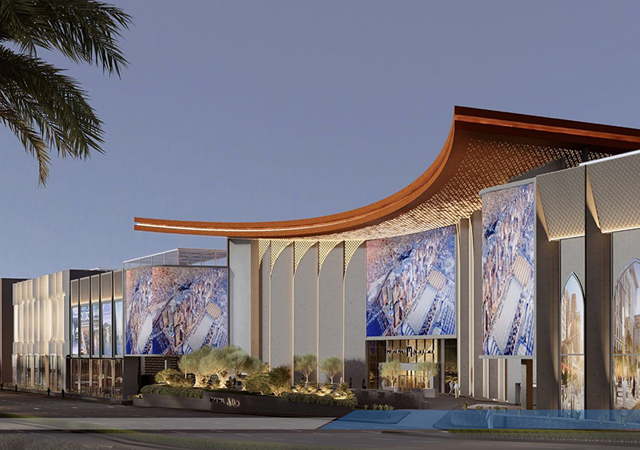
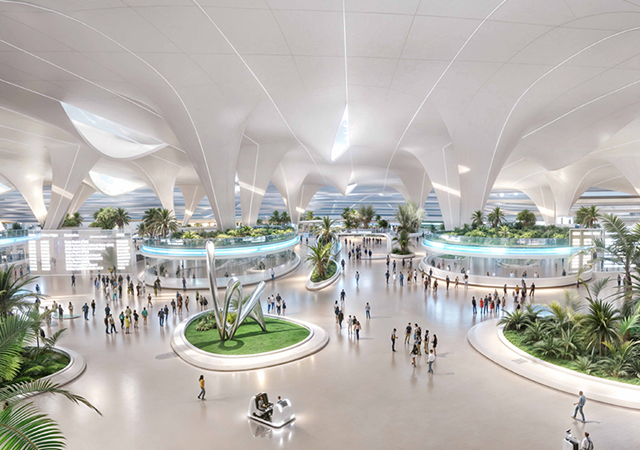
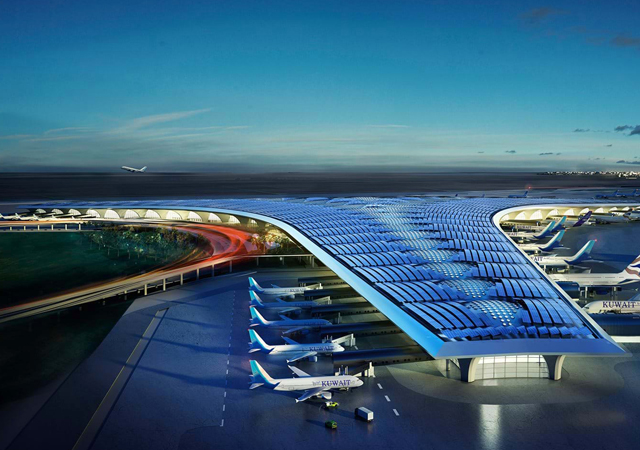
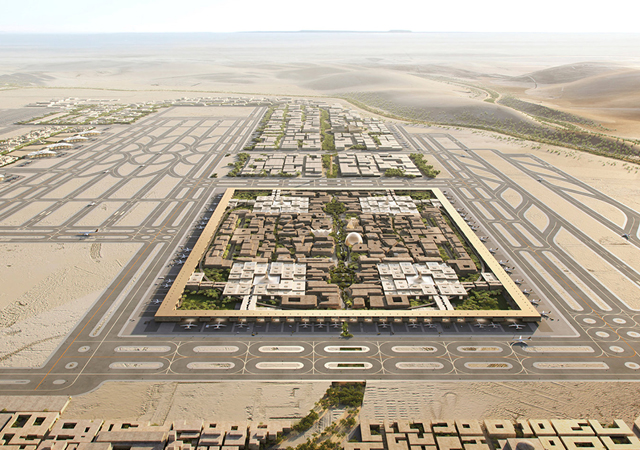
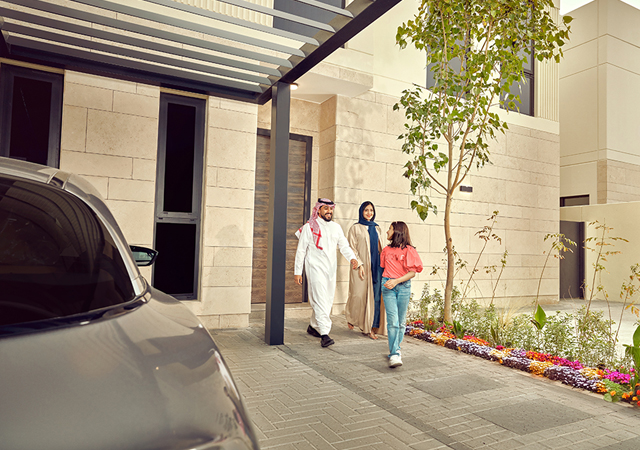
.jpg)
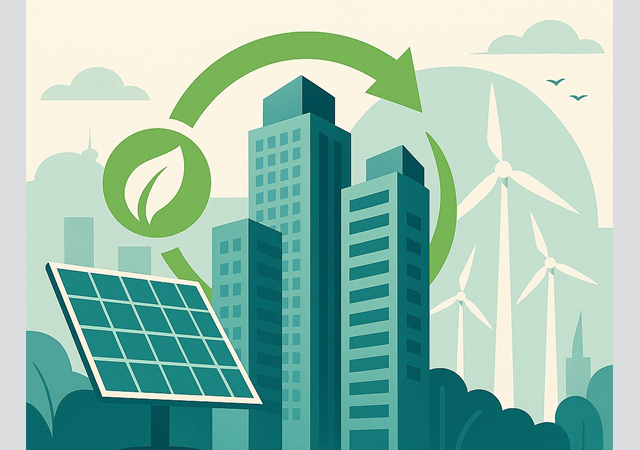
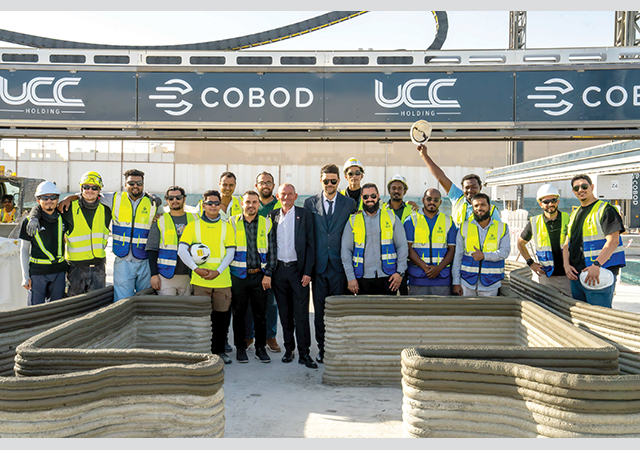
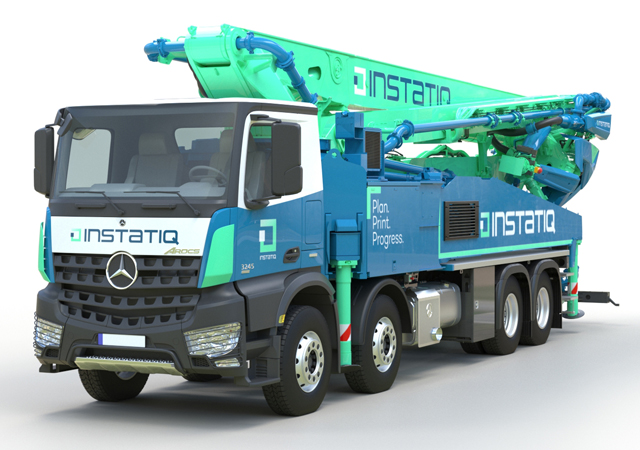
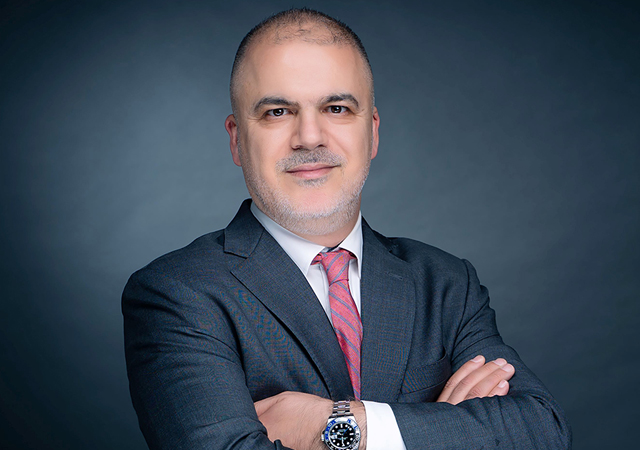
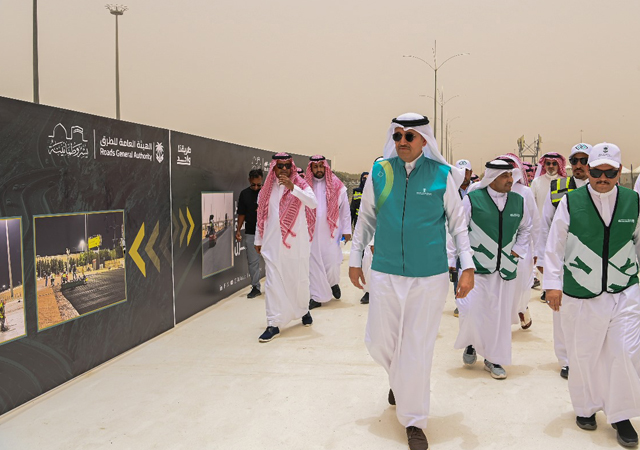
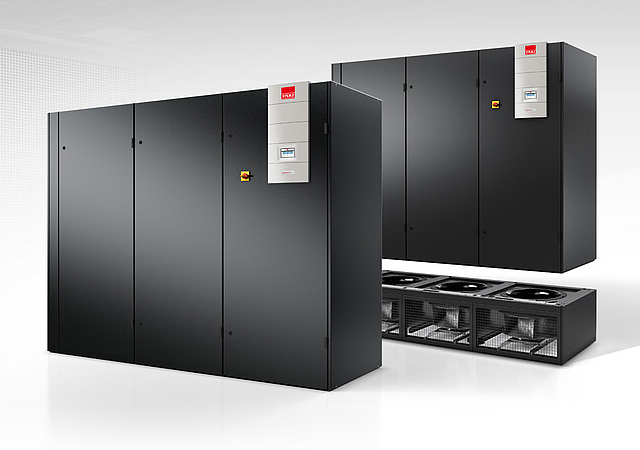
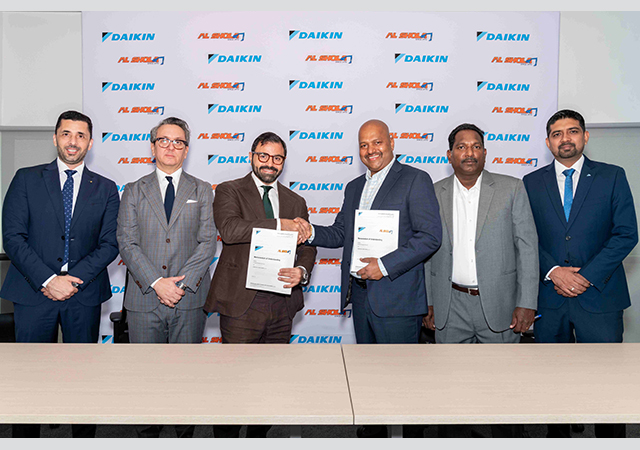

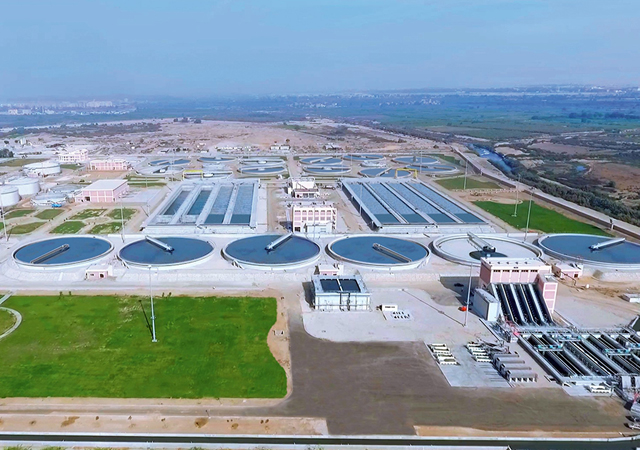
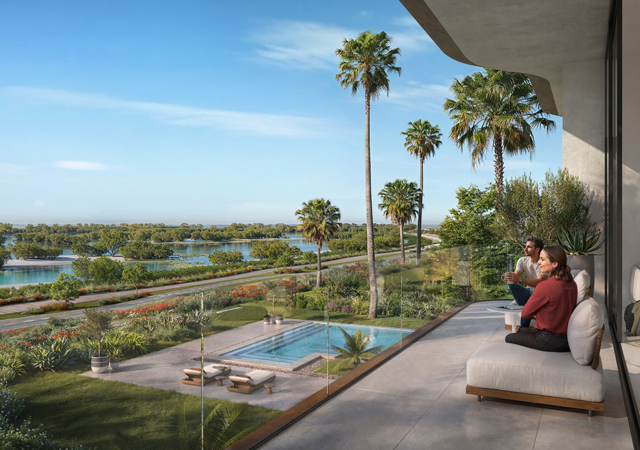
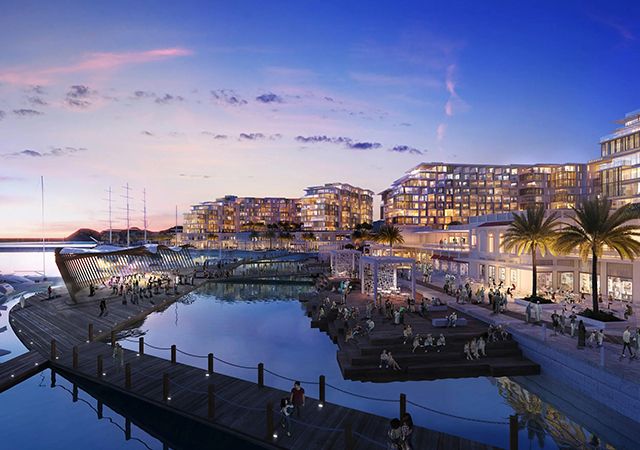

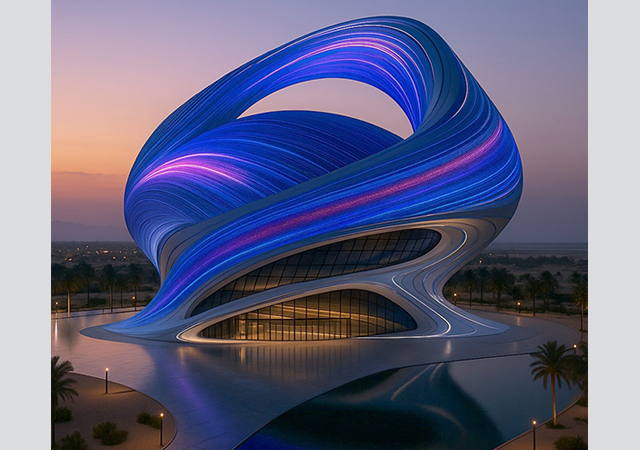
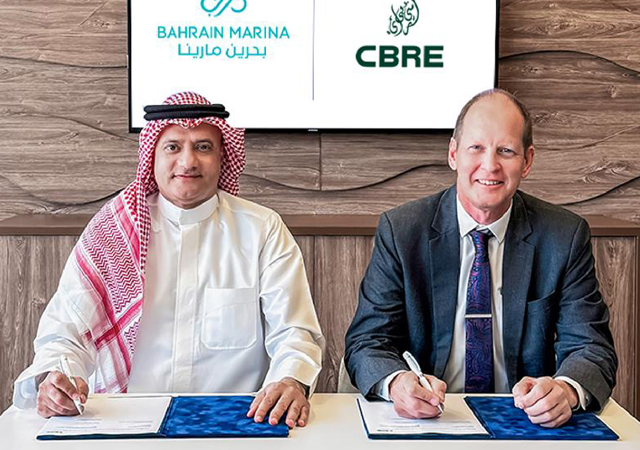
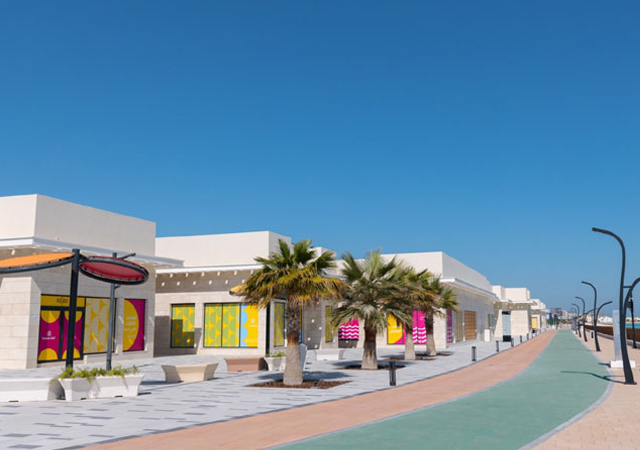
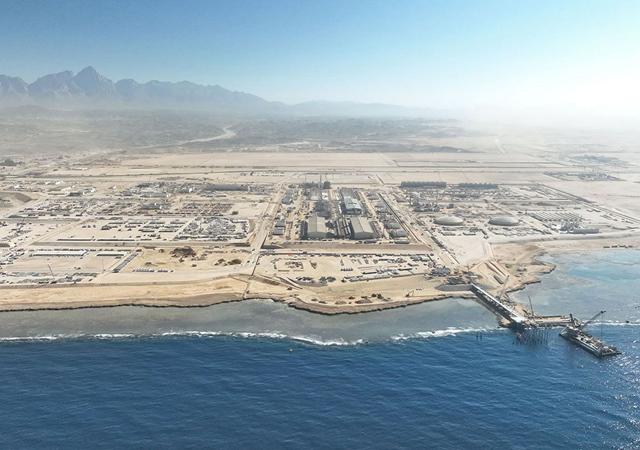
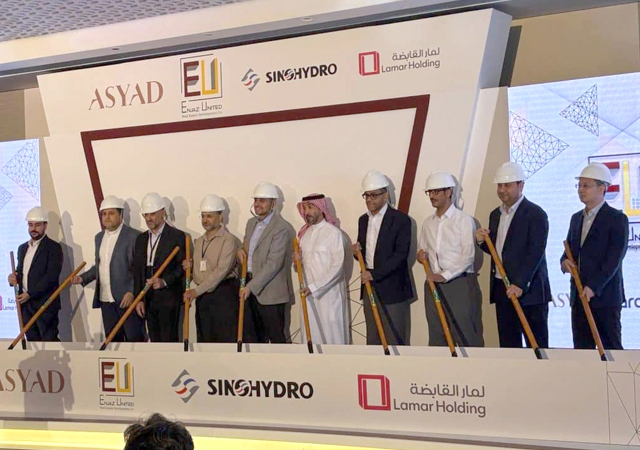
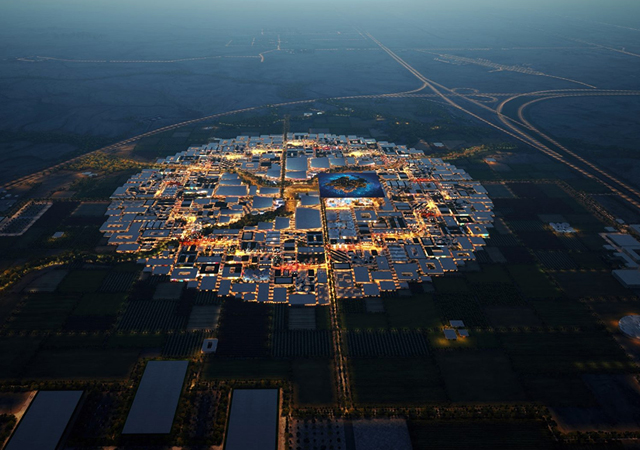
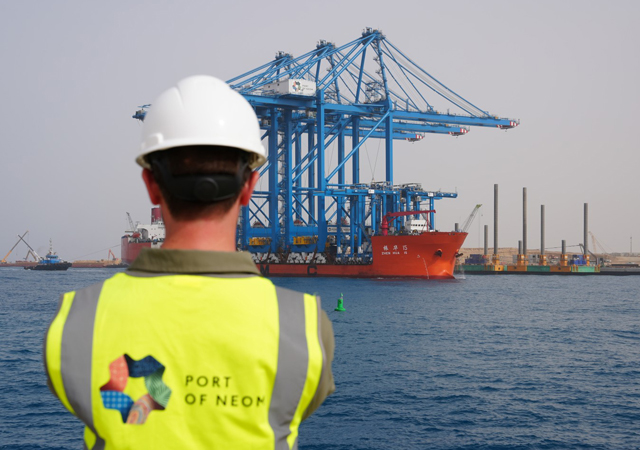
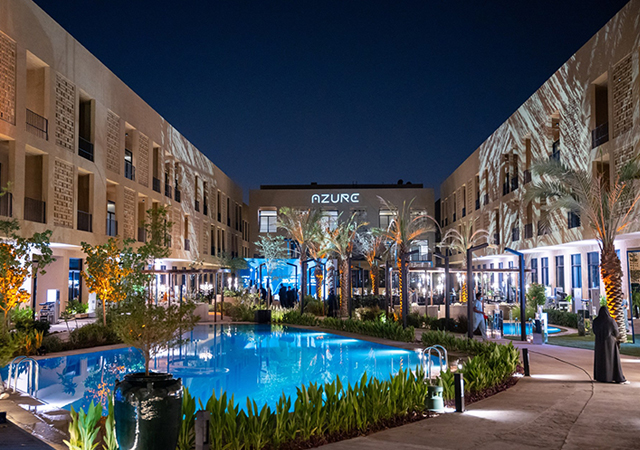
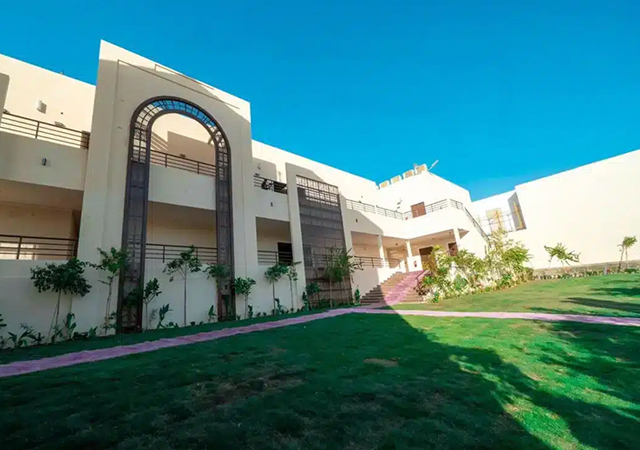

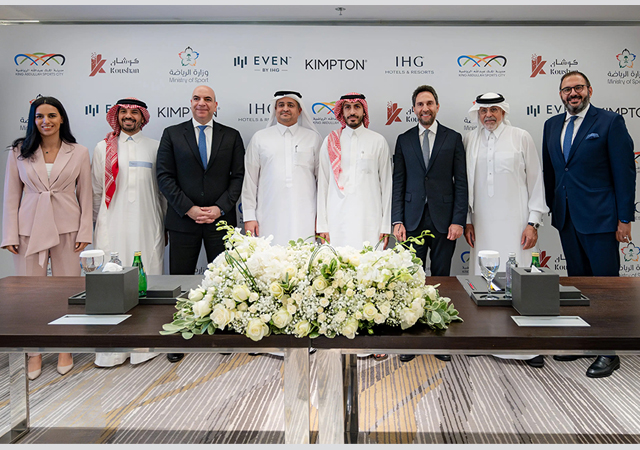
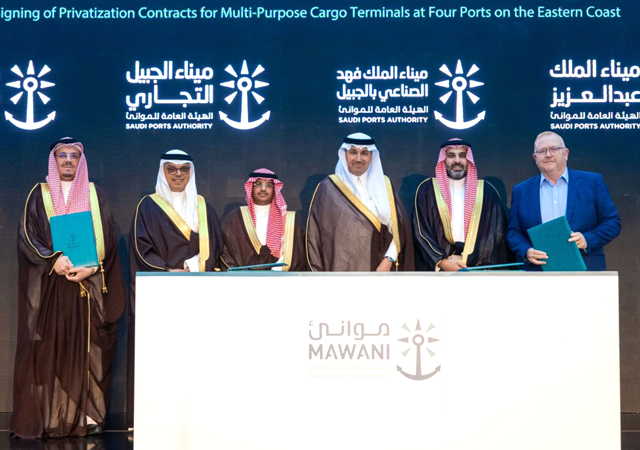
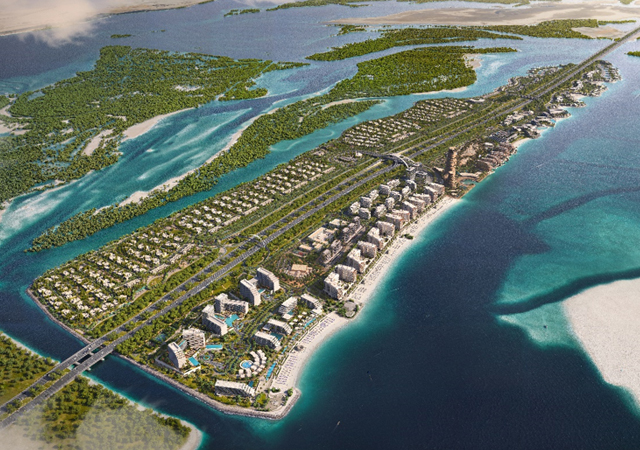
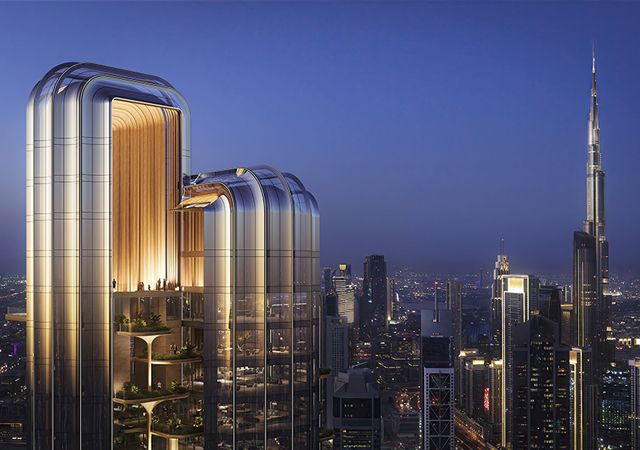
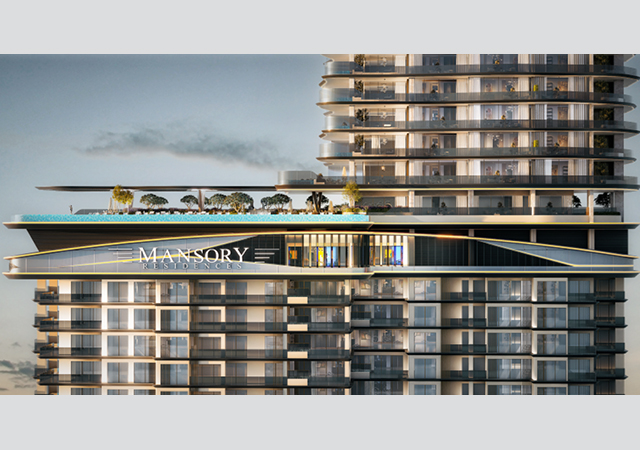
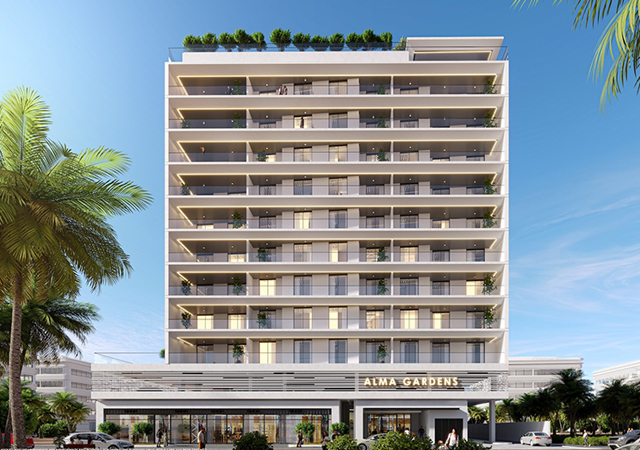

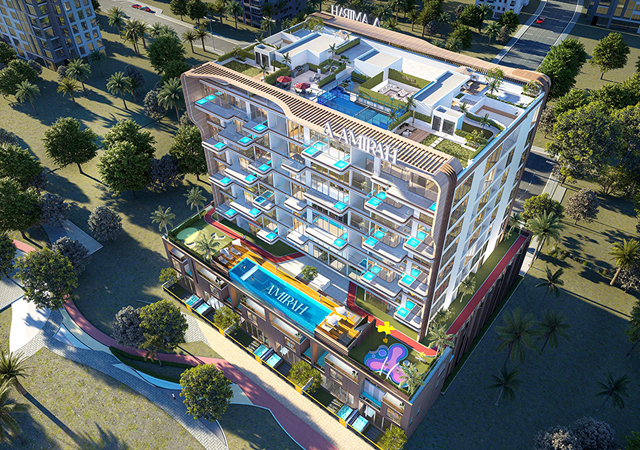
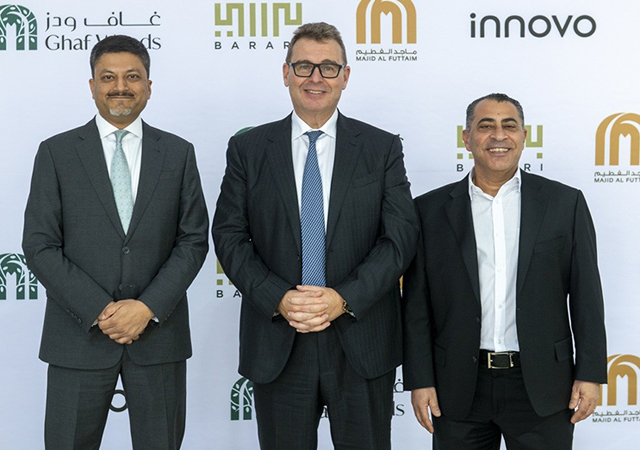
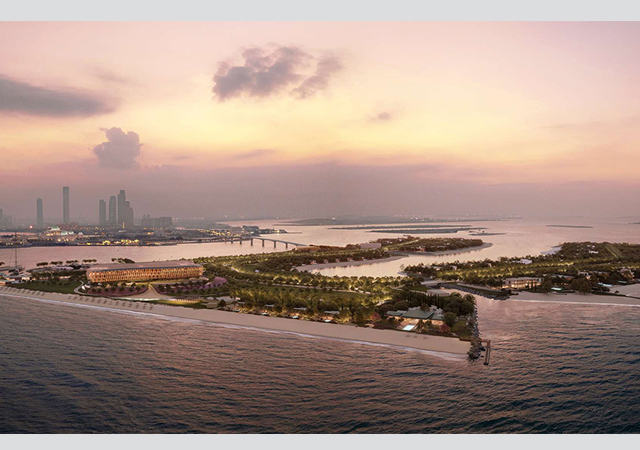
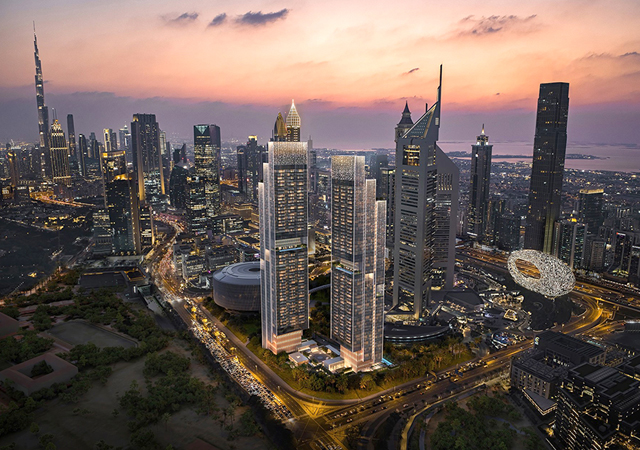
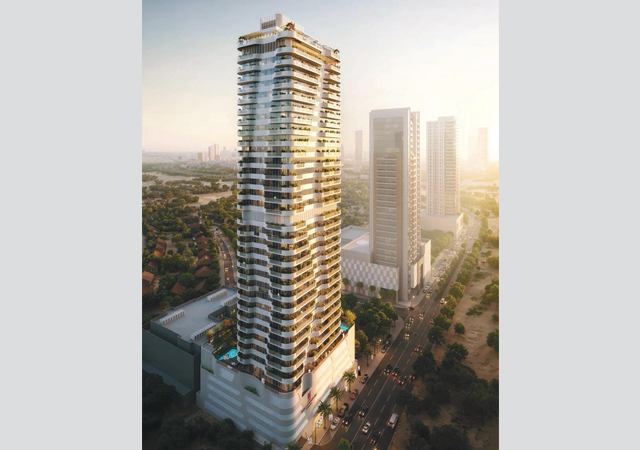
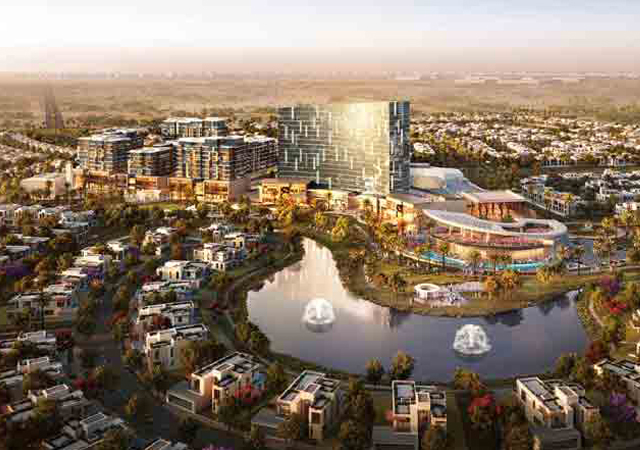
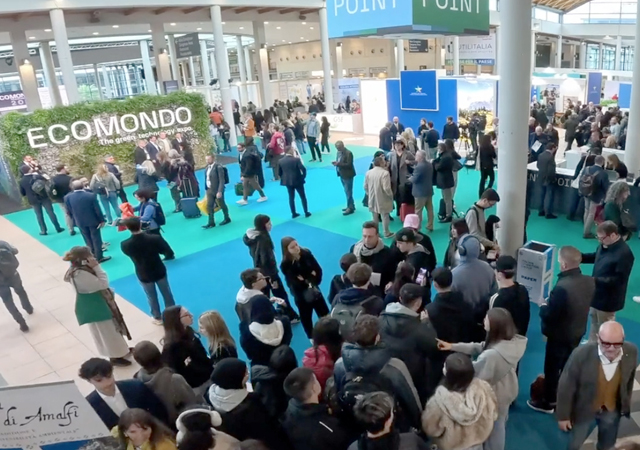
.jpg)















